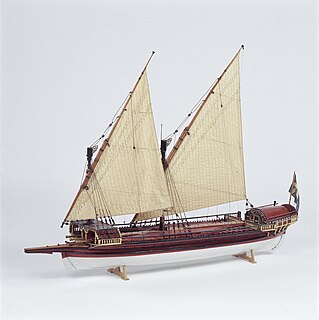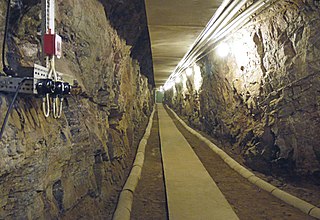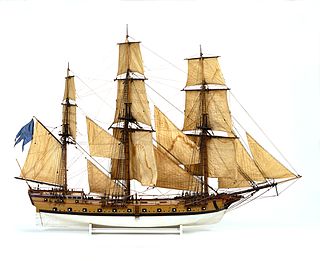 W
WThe archipelago fleet, officially the Fleet of the army, was a branch of the armed forces of Sweden which existed between 1756 and 1823. Its purpose was to protect the coasts of Sweden, which was surrounded by a natural barrier of archipelagoes. Throughout its existence, it was a largely independent arm of the army, separate from the navy, with the exception of a few years in the late 1760s. In a number of respects, it was a precursor of the Swedish Coastal Artillery and its coastal fleet.
 W
WFemöre battery (Femörefortet) is a facility previously operated by the Swedish Coastal Artillery arm of Swedish Armed Forces. Also known as "Battery OD", it is located only a short trip south-east of Oxelösund on the Swedish east coast, and is blasted into the rock on the Femöre peninsula. The facility totals approx. 3,300 square metres (36,000 sq ft) in size, and is connected via an over 450 metres (1,480 ft) long tunnel, stretching across the length of the facility.
 W
WThe Hårsfjärden disaster was an event in the Swedish Navy during World War II. A series of accidental explosions, it caused by far the worst damage to Swedish Navy units during the era of that war, in which Sweden was not a combatant.
 W
WA hemmema was a type of warship built for the Swedish archipelago fleet and the Russian Baltic Fleet in the late 18th and early 19th centuries. The hemmema was initially developed for use against the Imperial Russian Navy in the Archipelago Sea and along the coasts of Svealand and Finland. It was designed by the prolific and innovative Swedish naval architect Fredrik Henrik af Chapman (1721–1808) in collaboration with Augustin Ehrensvärd (1710–1772), an artillery officer and later commander of the Swedish archipelago fleet. The hemmema was a specialized vessel for use in the shallow waters and narrow passages that surround the thousands of islands and islets extending from the Swedish capital of Stockholm into the Gulf of Finland.
 W
WA pojama or pojema was a type of warship built for the Swedish archipelago fleet in the late 18th and early 19th centuries. It was developed for warfare in the Archipelago Sea and along the coasts of Svealand and Finland against the Russian navy. The pojama was designed by the prolific naval architect Fredrik Henrik af Chapman for use in an area of mostly shallow waters and groups of islands and islets that extend from Stockholm all the way to the Gulf of Finland.
 W
WExperiment of Leith was a catamaran engineered by the Scottish banker Patrick Miller of Dalswinton, to be used by the Swedish fleet in the Russo-Swedish War (1788-90). By the time the ship reached Stockholm the war was, however, already over.
 W
WA turuma was a type of warship built for the Swedish archipelago fleet in the late 18th century. It was specifically developed for warfare in the Archipelago Sea and along the coasts of Svealand and Finland. The turuma was designed by the prolific naval architect Fredrik Henrik af Chapman for use in an area of mostly shallow waters and groups of islands and islets that extend from Stockholm all the way to the Gulf of Finland.
 W
WAn udema, also udenma, was a type of warship built for the Swedish archipelago fleet in the late 18th and early 19th centuries. It was developed for warfare in the Archipelago Sea in the Baltic and along the coasts of Svealand and Finland against the Russian navy. The udema was designed by the prolific naval architect Fredrik Henrik af Chapman for use in an area of mostly shallow waters and groups of islands and islets that extend from Stockholm all the way to the Gulf of Finland.
 W
WThe Vega Expedition of 1878–1880, named after the SS Vega and under the leadership of Swedish Finnish explorer Adolf Erik Nordenskiöld, was the first Arctic expedition to navigate through the Northeast Passage, the sea route between Europe and Asia through the Arctic Ocean, and the first voyage to circumnavigate Eurasia. Initially a troubled enterprise, the successful expedition is considered to be among the highest achievements in the history of Swedish science.